As the days pass, more and more species step in line. Plants and animals that have been waiting out the cold spring to life as the daytime temperatures hit the 70s and the nights level off in the fifties. A couple more days of chilly (not cold, but chilly) weather and it will all be behind us.
Elms and Silky Willows are blooming, butterflies are emerging, and frogs and birds seem eager to get on with starting families, or at least increasing the number of their species, in the case of the frogs (they don’t do much in the way of raising their young, simply creating them is apparently enough).

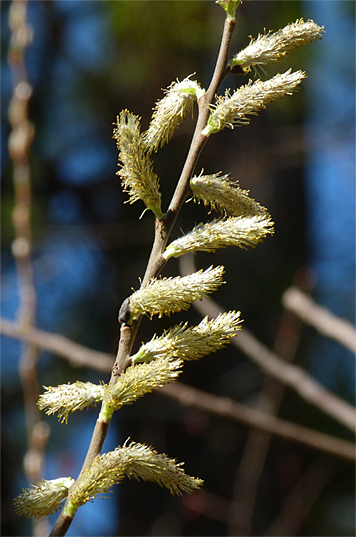
Among the half dozen or so butterfly species I’ve seen so far this spring are American Snout and Falcate Orangetip.
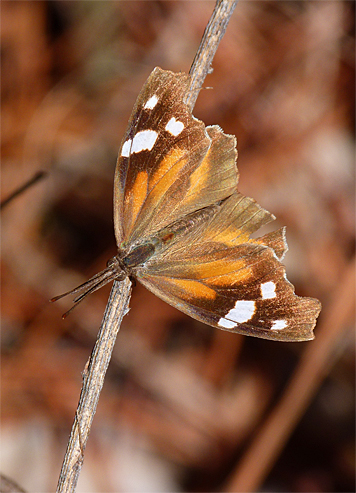
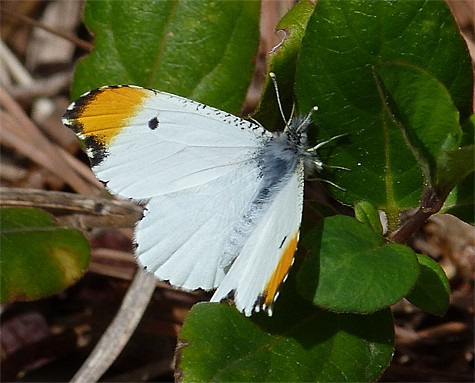
On March 13, I mentioned here in this blog that frogs, in their zeal to mate, sometimes forget who they are, or who they are mating with “…during the peak of the breeding season, I’ve seen males so overcome with excitement that they attempted to mount other males who wandered too close.” Below is an example of a slightly different angle on the same theme, an attempt at interspecific mating.
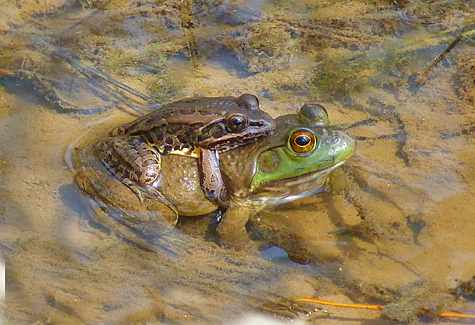
To the Pickerel Frog’s credit, he’s found a female bullfrog on which to conduct his experiment. He appears to be holding on very tightly. Perhaps all of the off again on again weather delays have him overly anxious.
Apparently not confused about their rolls in the world are the birds. Many species are preparing nests.
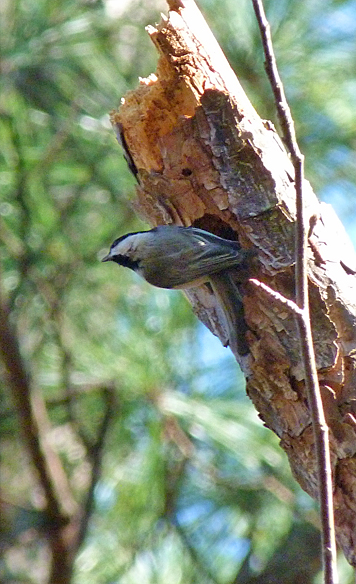
Each spring at this time I mention here in the blog that our kingfisher is either getting ready to or is already off nesting. Each February or March a male kingfisher shows up. Soon after, our female disappears for long periods while performing nesting duties.
Well, he’s back. A male has been seen flying over and around the Wetlands and our female seems more vocal (if a kingfisher can be more vocal than they are on a typical day). And, although I’ve yet to witness the male showing off for his intended (diving for fish in front of her or offering her a golden shiner treat) she’s been spotted flying about in the company of the male.
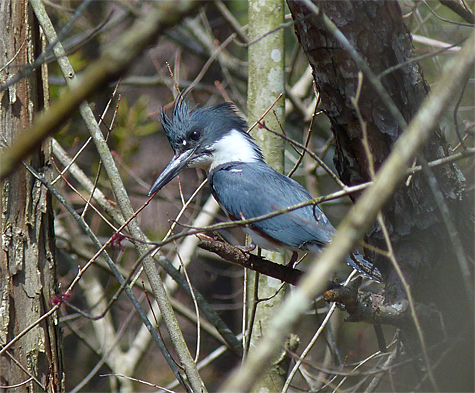
I sought and found the location of their nest last spring. It’s in the same bank as it has been for many years along Ellerbe Creek. Unfortunately, there were very heavy rains in April of last year. During one such deluge the water level of the creek was sufficiently high to wash out the nest. The creek rose to a level nearly as high as its 12 – 15 foot banks, high enough to flood the nest.
Let’s hope that doesn’t happen again this year.
Nice shot of the Orangetip!